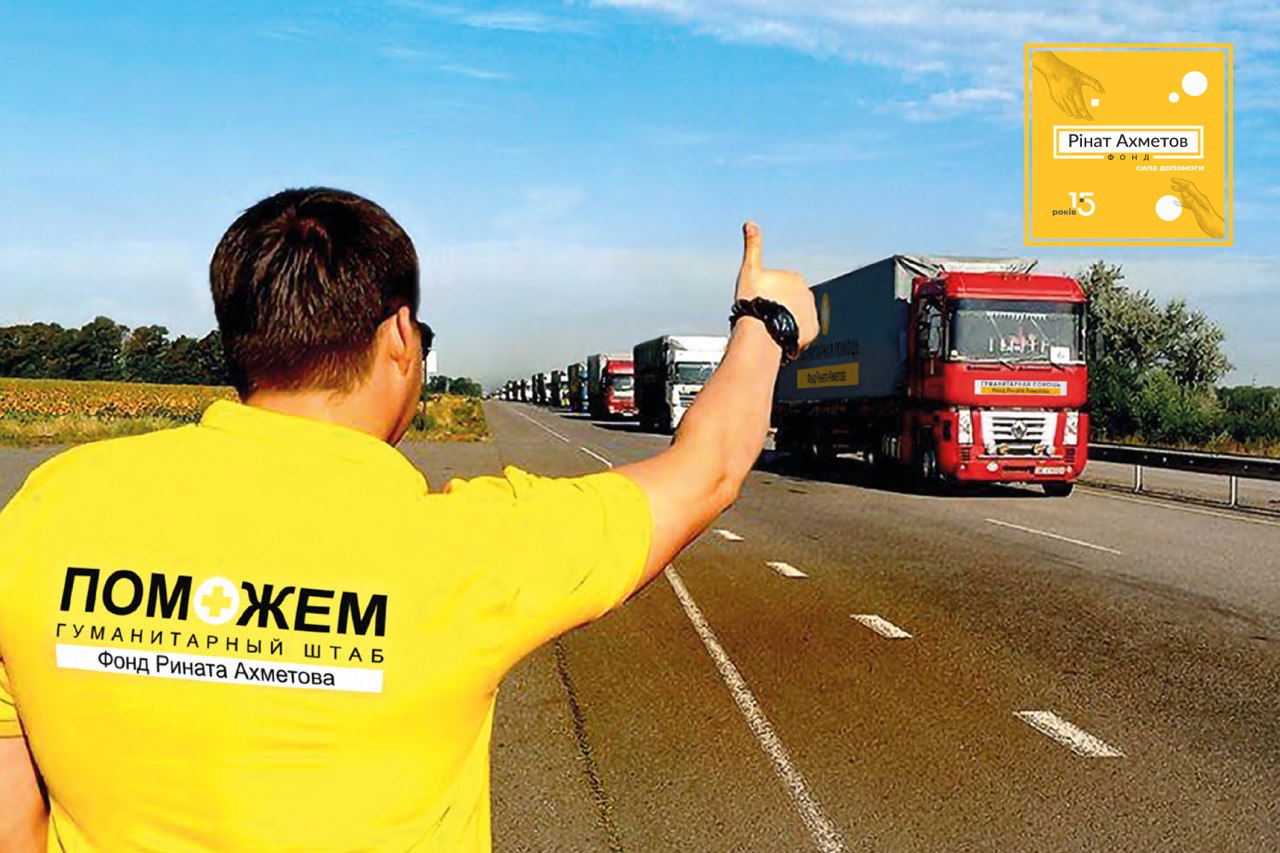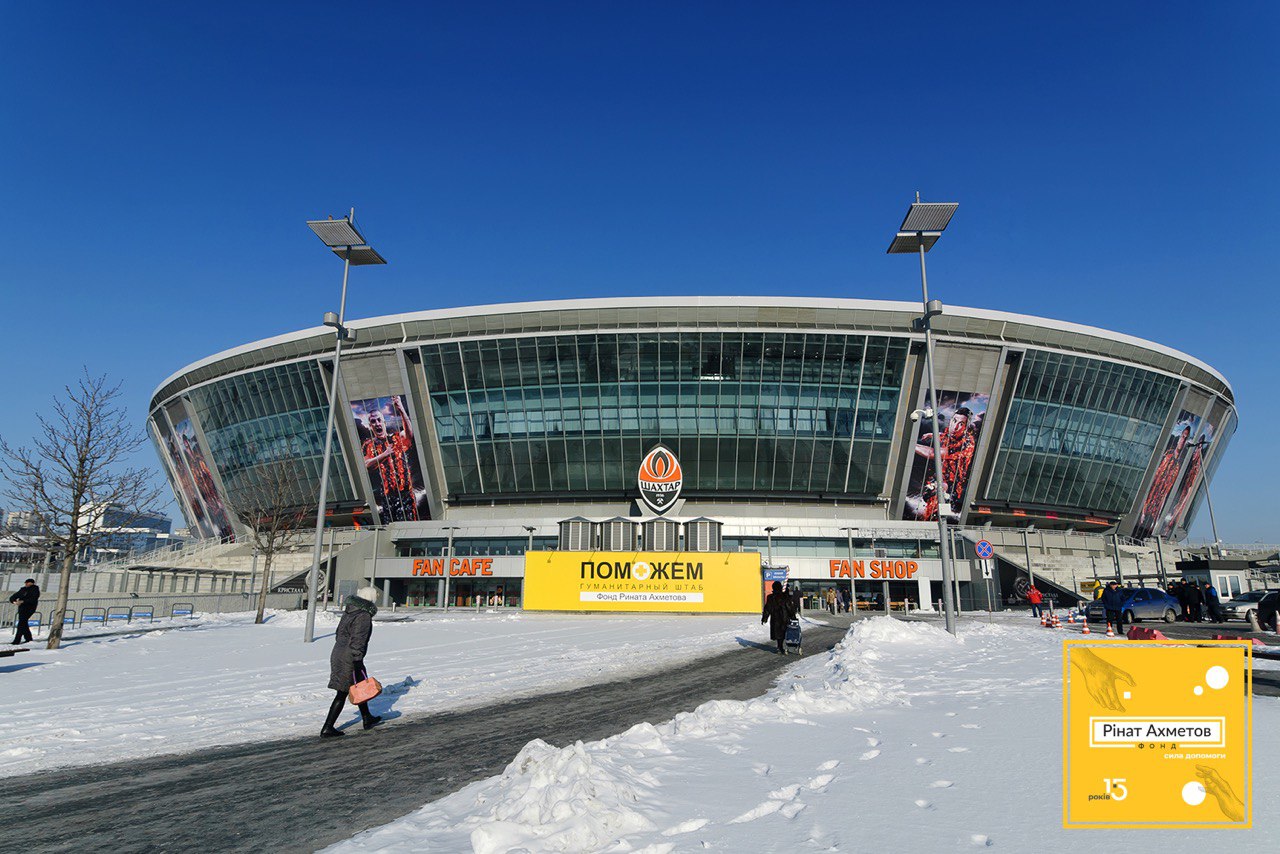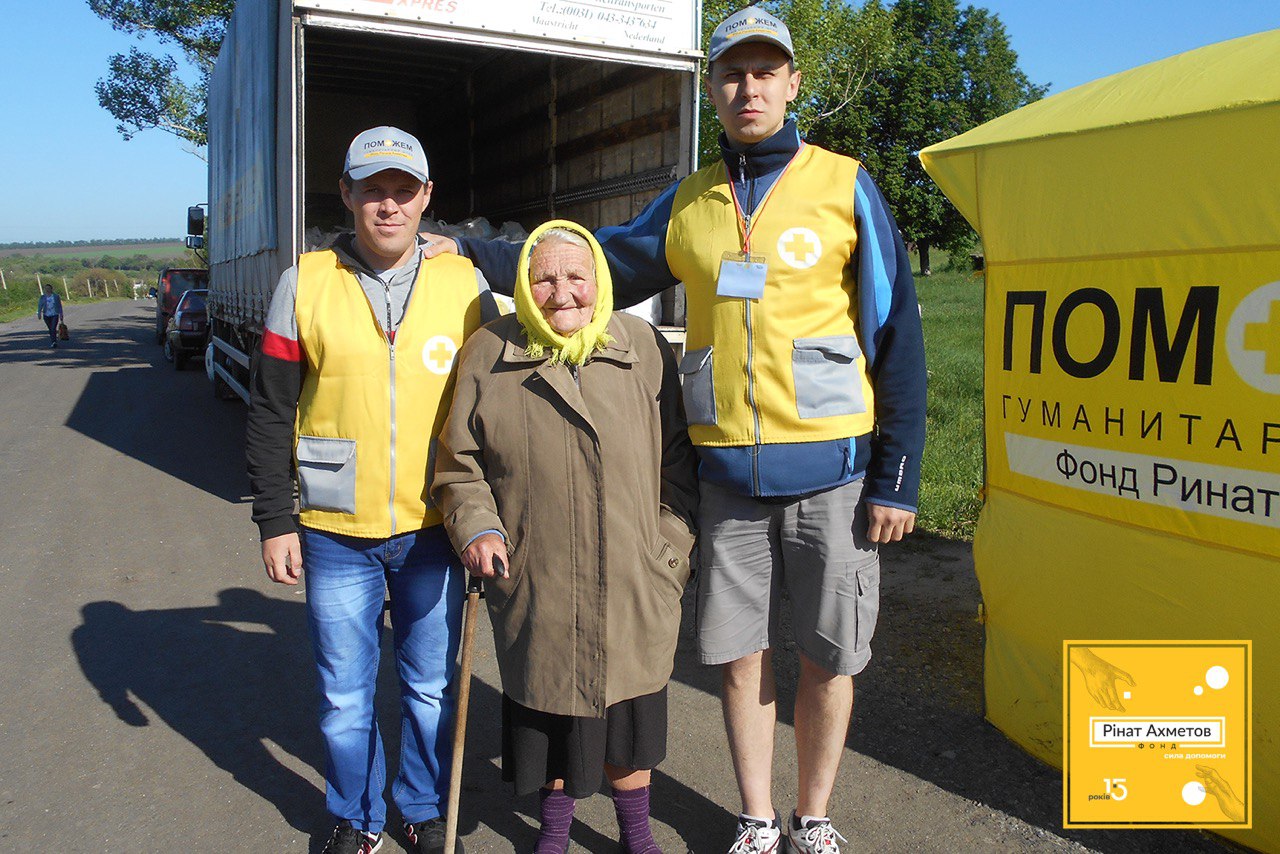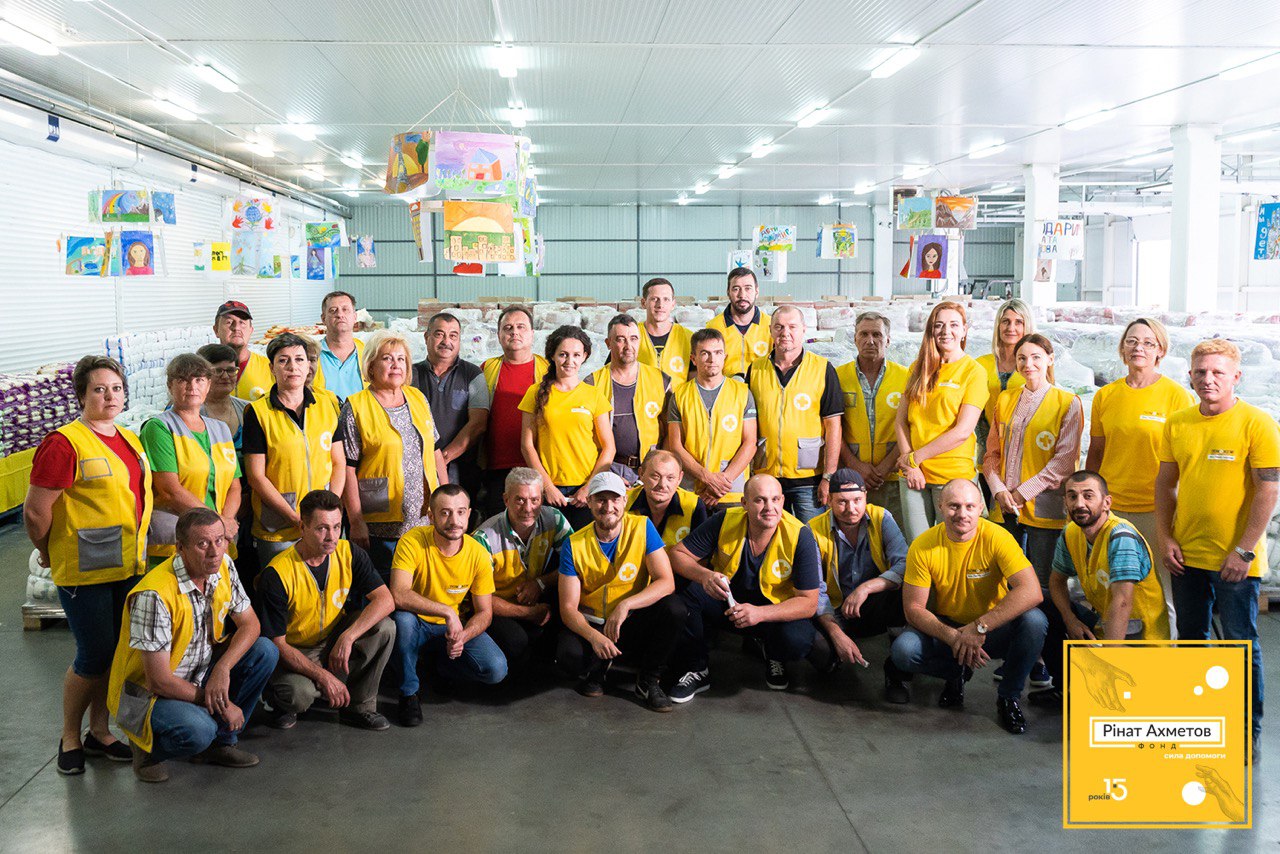The Rinat Akhmetov Foundation turns 15: unique assistance and rescue experience

In 2014, the east of Ukraine was engulfed in the fires of conflict, which has not died away until now. Millions of people were deprived of medicines, medical services and food. Then Rinat Akhmetov was one of the first to help the country. According to his personal decision, in August 2014, one of the largest programs of the Foundation — the Humanitarian Center— was created.
"Rinat Akhmetov has entrusted the Foundation's team with a task. That is, to help. Render assistance as much as possible, help those who need it most, support the localities that require it the most. These initiatives ensure that people knew that they were not abandoned. Every day, the Foundation receives phone calls and letters claiming that his assistance is more than just food. They are real survival kits. It is the assistance that gave everyone strength and a standing point," Natalya Yemchenko, member of the Supervisory Board of the Foundation, recalls.
A unique system of delivery and distribution of humanitarian aid in Ukraine has become the basis for the activities the Humanitarian Center is engaged in. It was based on an analysis of the needs of the population, a strict time frame for sorting products, forming food packages and delivering them to localities along the 427-kilometer line of contact. This approach has made it possible to achieve a seemingly impossible rate of progress. For example, it took only 52 seconds to form a single set weighing 14 kg!

The activities of the Humanitarian Center have already become history, because its experience of support involved in armed conflict still has no analogues in Ukraine.
"This is a scientific approach. In order to organize assistance, a large sociological study was conducted and a map was created. It made it possible to evaluate what people need in each settlement. This map has become the basis for coordinating the work of not only the Rinat Akhmetov Foundation, but also other organization, like the Red Cross, etc." Volodymyr Paniotto, Head of Kyiv International Institute of Sociology, said.

According to the expert, this approach was the assurance people in Donbass received the exact help they needed. The Foundation's know-how has become a real ray of hope for the most vulnerable civilians: the elderly, people with disabilities, children, and large families.

Since February 2017, the work at Donbass Arena in Donetsk, where the distribution center (the heart of the Center) was located and food packages were formed, was completely terminated. The people themselves called it the Arena of Mercy and knew that here they could always count on support. After the stadium was blocked, not less than half a million people found themselves on the verge of survival, deprived of even basic food products.
"I remember this day, 28 February, when humanitarian aid was prohibited. I got a call from a friend who was crying," Iryna Pokalenko, a pensioner from Donetsk, recalled.

Yet, an elderly woman, along with hundreds of other citizens, came to Donbass Arena for several days in a row. People shared one hope: what if the food packages will be given out again. And even after a few years, they continue to believe that the Arena of Mercy will resume its work.
Luckily, the Distribution Center of the Humanitarian Center continued to work in Mariupol. It operated all year round, from morning till evening as it was in the Arena of Mercy, in order to help millions of people. This was the exact place where the aid provided by Rinat Akhmetov was sent along the roads of Donbass, like along arteries, to the most remote villages, cities and towns. To the places with explosions and despair, where civilians need salvation and support. To the places the mobile delivery teams of the Humanitarian Center could reach, bringing hope together with the assistance.

Rinat Akhmetov's help saved more than a million lives on both sides of the line of contact. Since 2014, civilians in the conflict zone have received about 12.5 million survival kits, or more than 134,000 tons of food. Their simultaneous transportation would require more than 6,700 fully loaded trucks. Lined up in a column, they would stretch for almost 100 kilometres.




